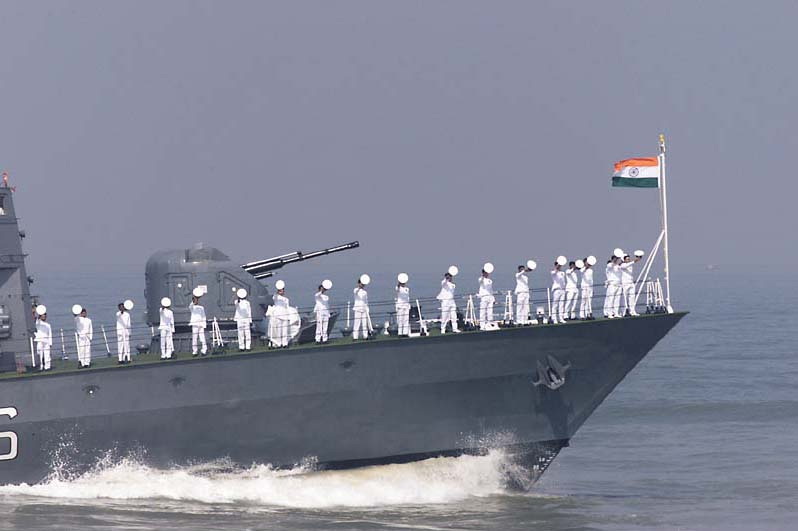
Why India Needs a Blue Water Navy

Why India Needs a Blue Water Navy
For eons it has been a proven fact that a maritime state enjoys greater economic benefits as compared to a land-locked one. A coastline offers a window—to trade with the world, create maritime industries, harvest fish and minerals from its Exclusive Economic Zone (EEZ), and exercise what is called ‘maritime power’.
India’s geography, economic engagement with the rest of the world, her development and security, are all intimately connected to the maritime domain.
With seas on three sides and high mountains on the fourth, it has been said that India lies in the very lap of the Indian Ocean. Few Indians realise that we possess the second largest peninsula in the world. While that translates into a coastline of 5422 Km, India’s outlying island territories add another 2094 Km, making up a total coastline length of 7516Km. This is just as well because our foreign trade is almost entirely dependent on the seas since land frontiers cannot permit viable trade due to contemporary history and geography!
These topographical properties along with India’s geo-strategic location at the head of the Indian Ocean have impressed geographers and geologists for ages as such a maritime configuration offers unlimited opportunity in terms of large number of ports, maritime industry, fisheries, offshore minerals and many other economic resources.
But with opportunities come challenges. And the maritime environment around India is full of challenges. A primary factor that contributes to these challenges is the access ‘gates’ (nautically known as choke points) to the Indian Ocean. These include the Cape of Good Hope (a half choke point), the Mozambique Channel, Suez Canal, Strait of Bab-el-Mandeb, Strait of Hormuz, Malacca Strait, Sunda Strait and Lombok Strait.
Choke points are seen as being obstructive—not just to open navigation but also to what is called as ‘good order at sea’. They are capable of being used as staging posts and safe havens for all forms of trans-national crime, including piracy, maritime terrorism, gun-running, drug peddling, human trafficking/smuggling, and many more.
It is this set of challenges that requires Indian naval presence at choke points and some important nodes—as a deterrent against mala fide intent so that maritime security can be guaranteed—not just for Indian trade but also for global trade passing close to our shores.
While these non-traditional threats are a challenge of recent vintage, traditional threats from India’s adversaries constitute an even more critical factor impinging on India’s security. Chinese naval platforms—including their submarines have been making regular forays into the Indian Ocean posing a clear and present danger. They visit to eavesdrop, collect intelligence and familiarise themselves with our waters and the traffic off our harbours. And one cannot forget the consequences of places and bases (including Djibouti) that China has built in the Indian Ocean. These forays and presence constitute the second challenge.
Given the two types of challenges mentioned above, the IN is constantly engaged in keeping choke points and critical areas of the region under surveillance. In fact, it is under these circumstances that the navy had embarked upon ‘mission-based deployments’ a couple of years ago. These deployments have meant at least one warship each, deployed in the Persian Gulf; the Gulf of Aden (anti-piracy patrol); Central Indian Ocean; Southwest Indian Ocean; Bay of Bengal; Malacca Strait; and the Lombok Strait. Each of these hot spots lies at an average of 1000 nautical miles from the nearest Indian naval base, and many more hundreds of miles from a ship’s home port! That entails frequent turnarounds for reasons of logistics and maintenance.
In addition to surface warships, a number of naval surveillance aircraft and submarines keep a constant vigil in critical areas to keep a check on the movement of inimical forces—particularly the Chinese.
On a different note, let us just take a peep in to the nation’s possessions and invaluable assets across the maritime world.
- Of the 46 hydrocarbon projects in 24 countries, operated (for exploration) by India, 39 are in coastal countries. In any emergent contingency, it will be the navy who will have to provide security.
- 38 million NRIs live in maritime states across the world.
- 1 million PIOs (Indian Diaspora since generations) live in maritime states across the world.
- In 2019, remittances by NRIs topped 80 billion US dollars—highest in the world. There has been a slight decline over the last two years due to the pandemic, but still remain highest in the world.
In times of crisis in any part of the maritime world, India’s Diaspora may have to be evacuated and the largest and safest means of evacuation has always been the IN. Examples are Somalia 1994; Beirut 2006; Libya 2011; Yemen 2015. In one of these examples (Beirut), fortuitously, a Task Group of the IN was at hand in the Suez Canal, otherwise a 3500 nautical mile passage would have meant ages for transit and people could not have been saved!
Had we attained blue water status, the navy’s footprint would have been visible in all parts of the ‘near East’ and the ‘near West’ with floating logistics (fuel, food provisions, fresh water, maintenance facilities) in the form of integral fleet support ships in every task group! That is why we need a Blue Water Navy.
Let us look at some of the activities of the IN in 2020. In mid-2020, the IN turned ‘care-givers’ during the pandemic with naval aircraft transporting samples and test equipment. Naval hospitals were made available to the civil administration to cater for increased healthcare requirements.
The Navy undertook its largest ever non-combatant evacuation under the aegis of Operation Samudra Setu, when nearly 4000 Indian nationals in Iran, Maldives and Sri Lanka were brought back home during the first wave of the pandemic.
The Navy has remained continuously deployed to curb maritime piracy in the Gulf of Aden. A total of 86 IN ships have been deployed in the region since Aug 2008, protecting/escorting thousands of Indian and foreign merchant ships into safe waters.
Owing to heightened tensions in the Strait of Hormuz, our warships have remained deployed in the Persian Gulf since June 2019, to reassure Indian merchant marine transiting the region. Naval ships have escorted close to 200 Indian Flagged Merchant vessels and 19 million tons of cargo under the aegis of Operation SANKALP.
Aligned with the vision of SAGAR – ‘Security And Growth for All in the Region’ – the Navy participated in 13 bilateral and multilateral exercises in 2020. The most recent exercise, Malabar, with the US, Japanese and Australian Navies, contributed towards much enhanced cooperation and trust. As part of the national vision of ‘Neighbourhood First’, the IN undertook Joint EEZ surveillance with the Maldives, Seychelles and Mauritius, as well as Coordinated Patrols (CORPATs) with Bangladesh, Thailand and Indonesia. IN ships were also deployed to undertake hydrographic surveys for friendly littoral countries, on their request, for about 130 days during 2020.
While we improve operational capabilities and forge closer maritime ties with neighbours and partners, we also must remain ever ready to dispense humanitarian assistance and disaster relief (HADR) —particularly to those in need within the Indian Ocean Region (IOR) and even beyond. Whether it was cyclone Dianne in Madagascar, escort of food shipments under the World Food Program (UN WFP) to Kenya and Somalia; assistance to Government of Mauritius in salvage operations of grounded Merchant Ship Wakashio; coordination of firefighting, salvage and towing operations of fire-stricken oil tanker New Diamond off the east coast of Sri Lanka, in each case, Indian Naval ships reached on site as ‘first responders’. This is as expected by littoral states of the IOR. None other than India or Australia (to a much lesser extent) can provide such assistance.
Navies have, historically, been known to be effective instrument of state policy. This actually means that one of the best tools of diplomacy is a state’s navy. All activities involving flag-showing; presence; naval training assistance; intervention (on request of a state); hydrographic assistance; EEZ surveillance; capacity building and capability enhancement of others’ maritime forces, etc. fall under the rubric of maritime diplomacy.
For a nation geographically as large as India and with maritime power responsibilities as demonstrated, all the above activities require a blue water navy. Today, with a deficit of numbers as well as certain types of elements, the IN performs these activities at a cost. The cost is in terms of over-stretched platform usage, frequent turnarounds and frequent maintenance cycles. And with many a platform having crossed their designed life, it also means risking effectiveness/reliability of performance and depleting force levels.
So, what, after all is a Blue Water Navy? A Blue Water Navy is a maritime force that has the capability to project force over a much larger maritime area than that defined by its maritime boundaries, and one that can exercise sea control over its primary areas of interest. The last attribute is extremely important with two potential adversaries in our neighbourhood.
A navy may be able to deploy ships in distant waters, but to sustain such a force (or its task groups) in various areas a blue water navy does not need to frequently return/replace ships at home ports. In other words, logistic support is intrinsic in the form of tankers and fleet-support vessels. Another requirement of a Blue Water Navy is to possess a ‘balanced fleet’. This phrase means a force that has all the essential components for its roles including aircraft carriers, tankers, fleet support ships, destroyers, frigates, submarines, corvettes, offshore patrol vessels, missile boats, interceptor boats, seaward defence boats and harbour patrol craft. It also includes aircraft—both carrier borne and shore-based, different types of helicopters, and finally, shore infrastructure to support and maintain all types of platforms indigenously.
Does India have a blue water navy? In the strictest meaning of the phrase, we do not yet have a Blue Water Navy. What do we need to get there? Well, at least two operational aircraft carriers—one for each seaboard (East and West); at least a dozen-and-a-half conventional and half a dozen nuclear powered attack submarines—both of contemporary design; double the current strength of destroyers, frigates, and smaller platforms; sufficient number of logistic/fleet support ships; and integral anti-submarine as well as anti-surface helicopters onboard ships.
Lest the above be misunderstood, we do not have the need (nor can we afford) to match the Chinese in terms of numbers, but it is a blue water force which will prove a deterrent to both China, Pakistan as well as trans-national criminals.
Sufficiency of numbers is required as all choke points need to be regularly patrolled. In the mid-1960s, the Government had approved a fleet strength of 138 ships. To date, we have not been able to breach that figure since the number of deletions (of legacy, out-stretched platforms) succeed the number of accretions.
All the threats/challenges mentioned above, require constant monitoring and tracking by Indian Naval resources—be they eyes in the sky (manned aircraft or long range drones), surface ships or submarines.
India’s maritime force needs to wear a deterrent look against adversaries, protect Indian sea lines of communication (SLOCS), exercise presence in all areas of the region, extend support and succour to our friends and partners during crises, and maintain interoperability with like-minded navies. Nothing but a Blue Water Navy can achieve that effectively.
Author

Vice Admiral Anup Singh, PVSM, AVSM, NM (Retd), Former C-in-C, Eastern Naval Command. He is currently the Director (Strategic Studies), Society for Indian Ocean Studies (SIOS); visiting faculty at the National Defence College (NDC) and the Foreign Service Institute (FSI), New Delhi. He has authored the Navy’s History for the period 2001-2010, titled “Blue Waters Ahoy!” released on Navy Day 2018.
Disclaimer
The opinions expressed in this article are the author’s own and do not reflect the views of Chanakya Forum. All information provided in this article including timeliness, completeness, accuracy, suitability or validity of information referenced therein, is the sole responsibility of the author. www.chanakyaforum.com does not assume any responsibility for the same.
Chanakya Forum is now on . Click here to join our channel (@ChanakyaForum) and stay updated with the latest headlines and articles.
Important
We work round the clock to bring you the finest articles and updates from around the world. There is a team that works tirelessly to ensure that you have a seamless reading experience. But all this costs money. Please support us so that we keep doing what we do best. Happy Reading
Support Us







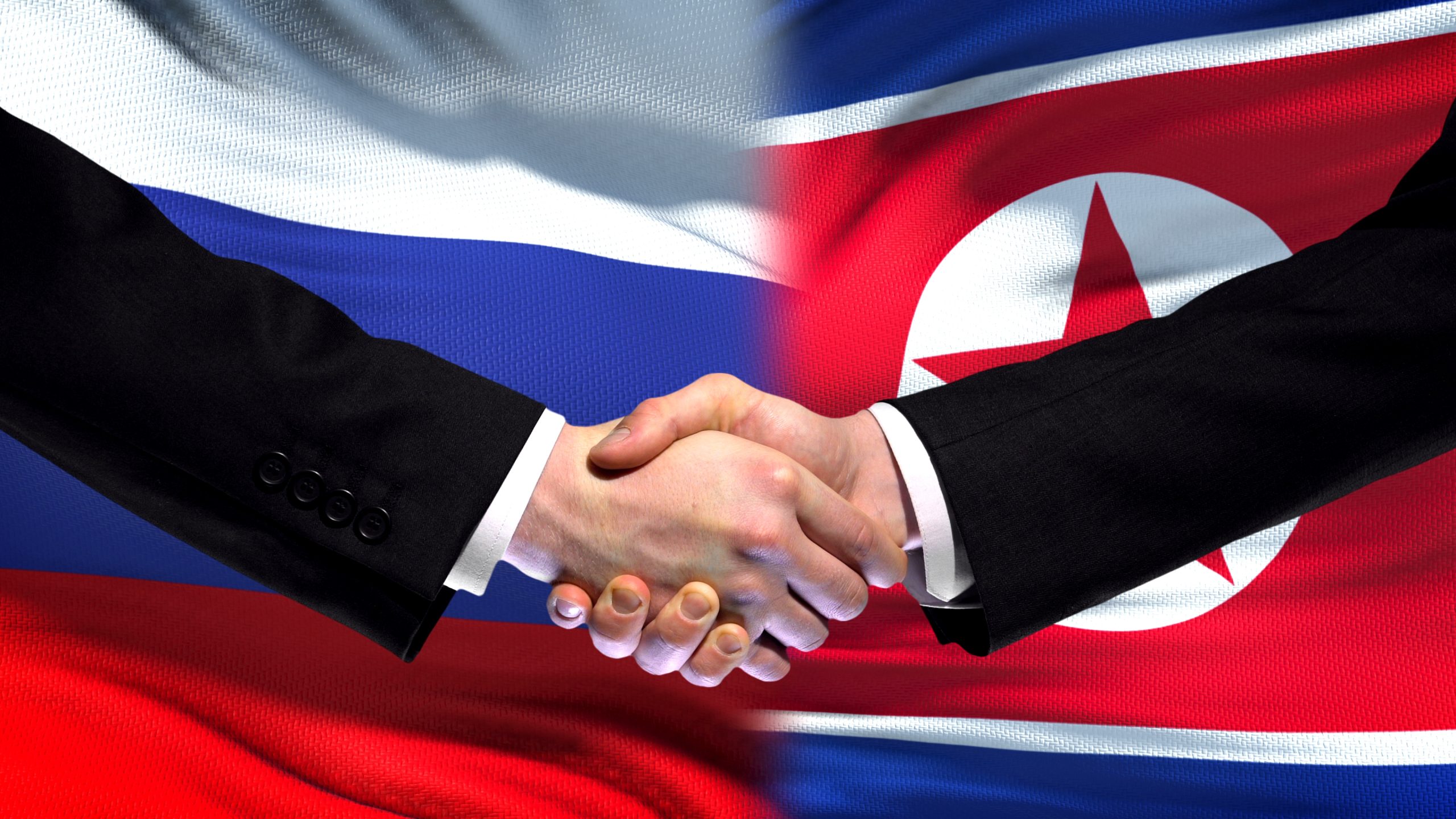

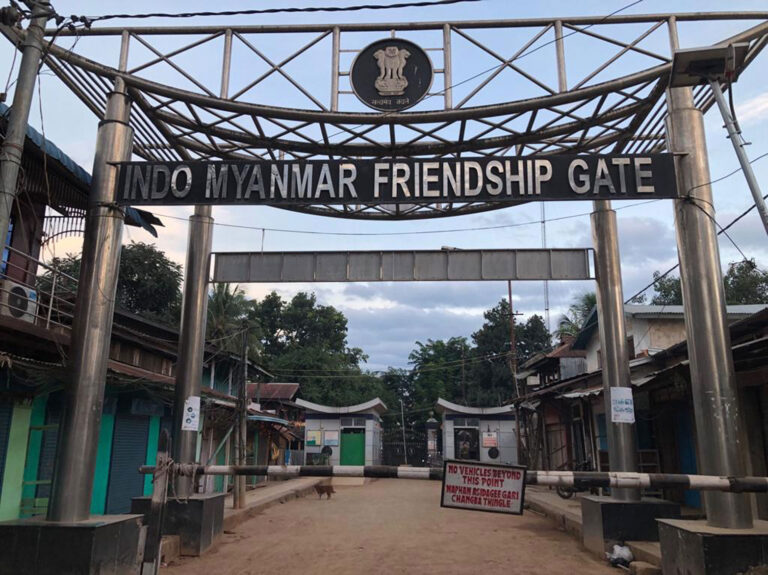
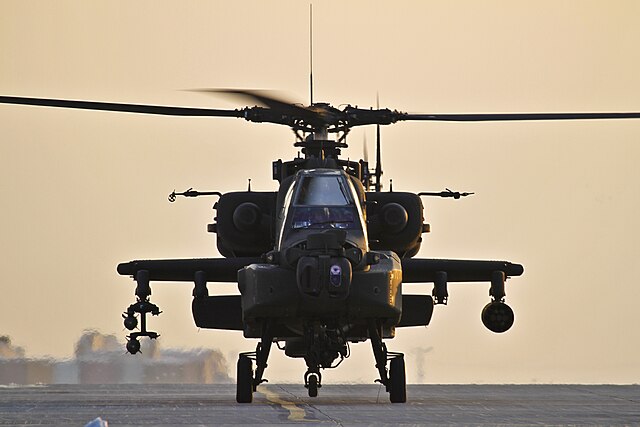
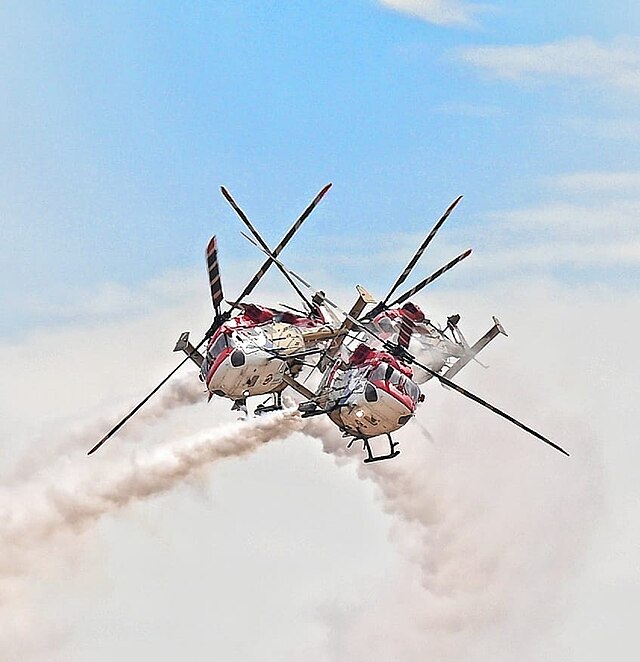
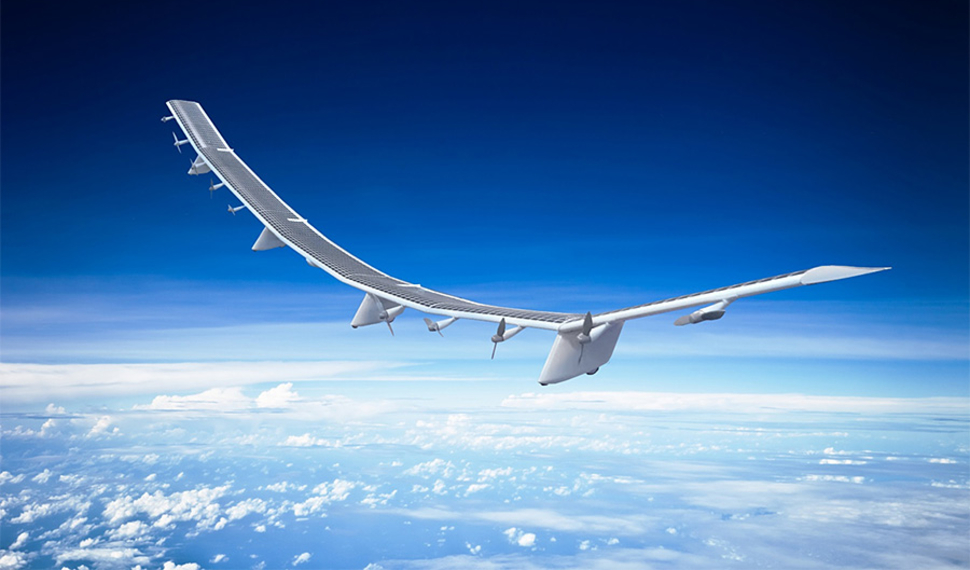
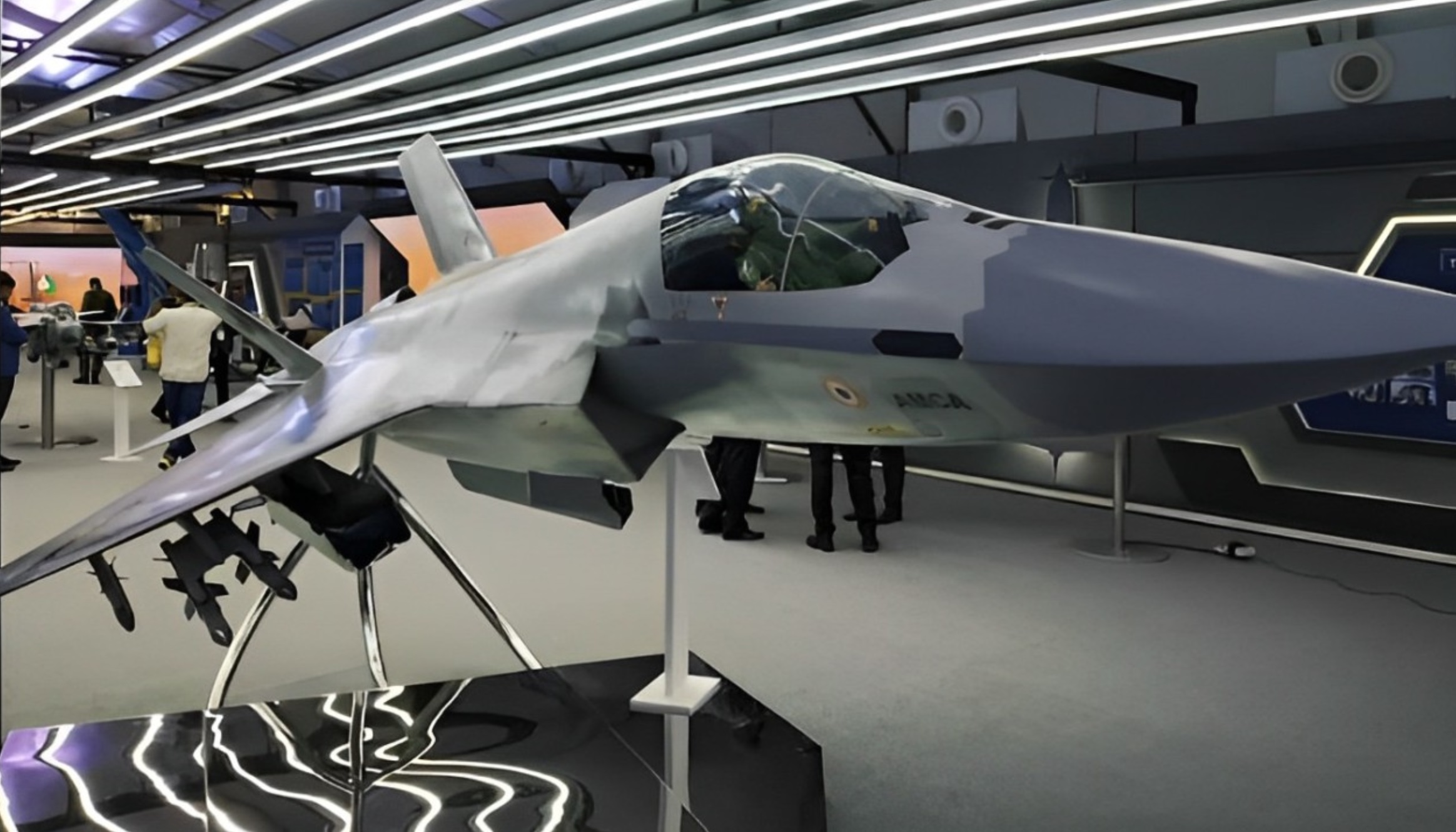






POST COMMENTS (5)
Jay Maniyar
Shweta Adhvaryu
Cdr Sandeep Dhawan (Veteran)
Venu
Ramdas Tiwari